You can whip between Kyoto and Hiroshima in less than two hours on the Shinkansen bullet train. But you’ll be passing on some pretty exciting places to visit between Kyoto and Hiroshima if you don’t disembark along the way, and in some cases you don’t even have to stray very far to get there. If you have only an afternoon to spare, my top suggestion is Himeji Castle, without a doubt the most beautiful fortress in the land. But there are also worthwhile stops if you have more than a day or two, including Kobe, one of the country’s most historic and attractive port towns, and Kurashiki, which has a well-preserved old warehouse district now filled with shops, inns` and restaurants. Naoshima is a scenic island that has embraced cutting-edge art in a big way, while the Shimanami Kaido is Japan’s most scenic cycling pathway.


KOBE
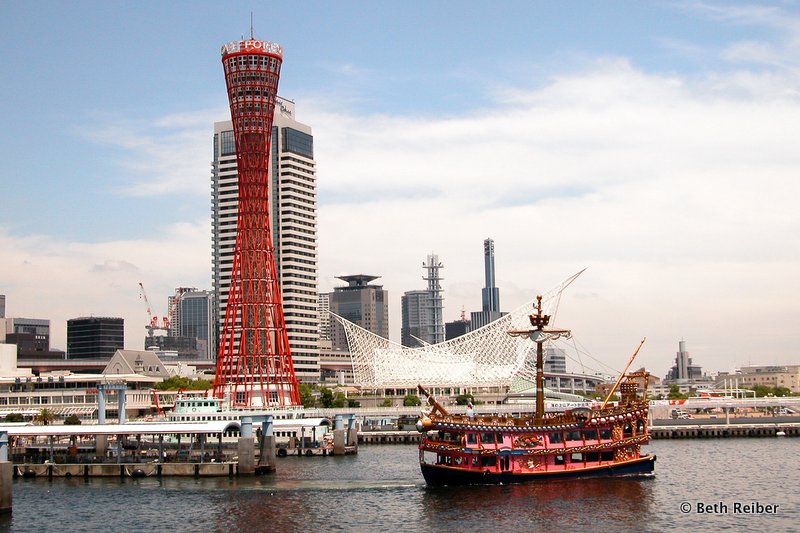
Kobe doesn’t have historic treasures on a par with, say, Kyoto or Nara, but I do consider it one of Japan’s most attractive, livable cities, with a great international flair. That’s because Kobe was one of the first to open its port to international trade following Japan’s 250 years of self-imposed isolation, in 1868. Today it remains one of Japan’s most cosmopolitan cities, with foreigners from more than 120 countries among the city’s 1.5 million inhabitants. What also makes the city attractive, to my mind, is that because it’s squeezed along a gentle slop between the Seto Inland Sea to the south and the Mount Rokko mountain range to the north, its working harbor is never far from view and is still very much a huge player in the city’s raison d’être, filled with cruise ships, container vessels, and everything in between.

If you’re Japanese, the main reason you’re probably coming to Kobe is Kitano-cho, a neighborhood of about 20 Western-style homes built more than a century up on a hillside to take advantage of natural breezes during the sweltering summers. Most are open to the public with period furniture and with lovely views of the harbor. There are also the requisite shops and cafes, but you can cool off even more by taking a ropeway farther up Mount Rokko to Japan’s largest herb garden, Kobe Nunobiki Herb Garden & Ropeway, offering more great views and flowering shrubs and herbs. Farther afield is Arima Onsen, one of the most famous hot-spring towns in the region.

The most important thing to see in Kobe, however, is The Great Hanshin-Awaji Earthquake Memorial Museum (officially called the Disaster Reduction and Human Renovation Institution). It recounts the 1995 earthquake that killed more than 6,400 people in and around Kobe, with vivid displays and theater that convey what happened during the horrivid first moments of the quake and the weeks, months, and years that followed. With its information also on disaster management and mitigation and a documentary about the 2011 Great East Japan Earthquake in Tohoku, there isn’t another museum in the country quite like this one.
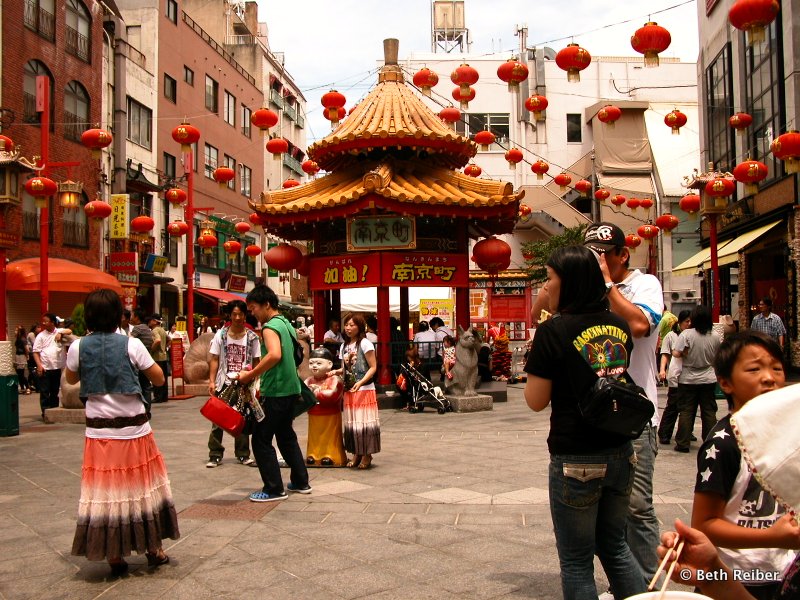
Like most of Japan’s historic port towns, Kobe also has its own Chinatown, with 100 restaurants and open-fronted souvenir shops plus sidewalk vendors selling snacks. I also like Kobe’s compact nightlife district filled with English-style pubs, expatriate hangouts, nightclubs, jazz clubs and Japanese izakaya, all within walking distance of Sannomiya Station. And of course, you’ll probably want to try Kobe’s famous steak and some of its famous sake. By the way, if you’re coming to Kobe from either Kyoto or Himeji, skip the Shinkansen because it will deliver you to Shin-Kobe Station. Instead, take a JR commuter train directly to Sannomiya Station, the lively heart of the city.
HIMEJI

Quite simply, Himeji is home to the most famous and beautiful castle in Japan, making it one of the top places to visit between Kyoto and Hiroshima. Nicknamed White Heron Castle because its spreading white walls supposedly resemble a white heron poised in flight over the plain, it is most striking under a blue sky, especially when the surrounding 1,000 cherry trees are in bloom. But what makes Himeji Castle especially compelling is that it is one of Japan’s few remaining castles remaining virtually as it was since its completion in 1609, catapulting it to star status in 1993 when it was declared Japan’s first UNESCO World Heritage Site along with Horyuji Temple in Nara.

It’s a massive structure, with a five-story keep and one of the most sophisticated defense systems in Japan at the time, complete with 21 gates, a secret entrance, moats, turrets, maze-like passageways to trap intruders, chutes for dropping stones on unsuspecting enemies, and rectangular holes for firing arrows from bows. Although it’s an easy stop on the way between Kyoto and Hiroshima on the Shinkansen (there are luggage lockers at Himeji Station), you’ll need at least three hours minimum to do the castle justice.
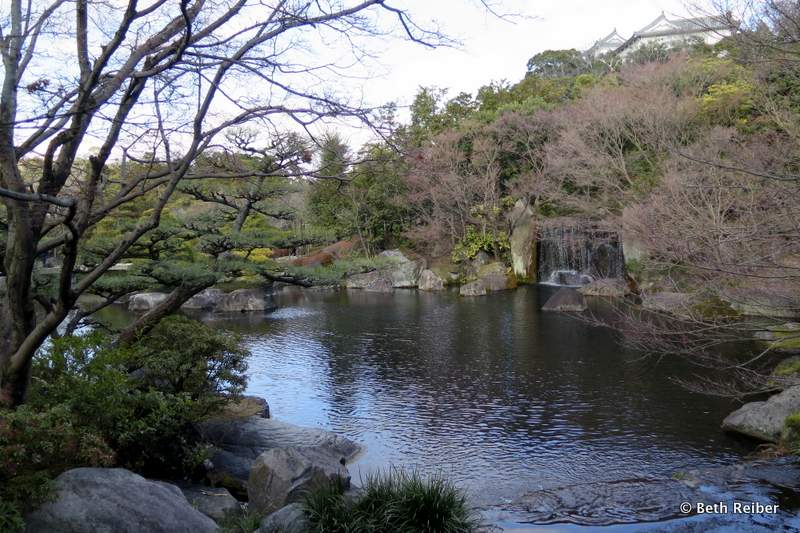
If you have more time, I highly recommend the next-door Koko-en, a jewel of a garden laid out only in 1992 but now looking like it has been there since samurai strolled the area. Its diminutive nine gardens are laid out in styles typical of those during the Edo Period, with bamboo groves, pine trees, ponds with waterfalls and running streams, and teahouses.
KURASHIKI
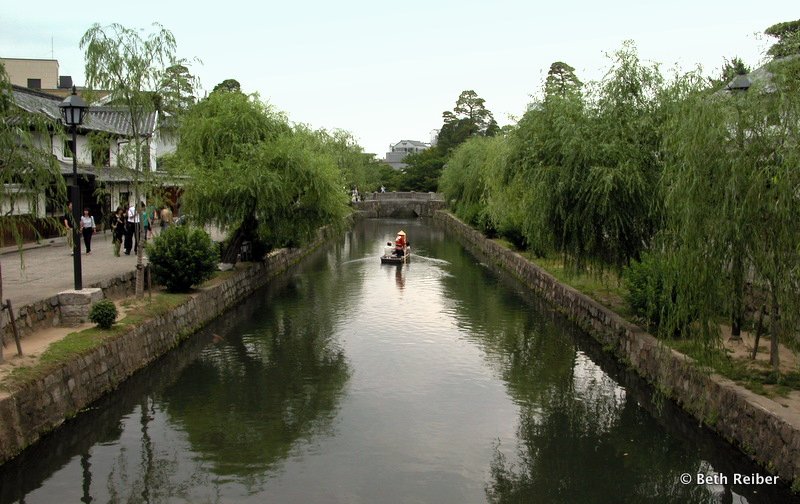
Back in the days of the shogun, when rice was as good as gold, Kurashiki prospered as a rice distribution center, with huge granaries, hand-dug canals connecting it to the sea, and barges that transported the precious granules to ships anchored offshore. Today, Kurashiki still lives up to its name–which translates roughly as “Warehouse Village”–with a willow-lined canal and attractive 250-year-old black-and-white granaries now serving as museums, inns, shops and restaurants. For that reason, it’s one of the most picturesque places to visit between Kyoto and Hiroshima.
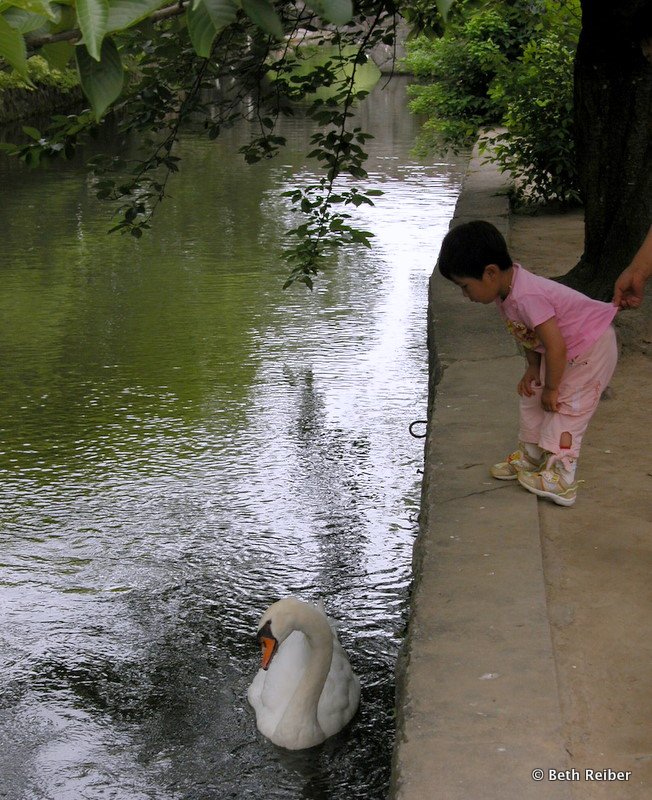
Although taking your time to stroll through the picture-perfect scenery of Kurashiki’s remarkably preserved historic district is reason enough to come, top on any sightseeing list is the Ohara Museum of Art, right on the canal. You’ll see an astounding collection of Western masterpieces (think Picasso, Monet, El Greco, Warhol, and many more) plus Japanese crafts from the country’s most renowned artisans. If by chance you spend the night (I always do), try to work in a cycling excursion through the nearby historic Kibiji District. Its 10-mile dedicated biking takes you through a delightful rural area of paddies, ancient burial mounds, temples, shrines and a five-story pagoda.

To reach Kurashiki, disembark the Shinkansen at Okayama Station and then take a local train about 17 minutes to Kurashiki Station. There are tourist offices at both stations that can provide more information on the Kibiji District cycling path, bike rentals, and how to get there.
NAOSHIMA
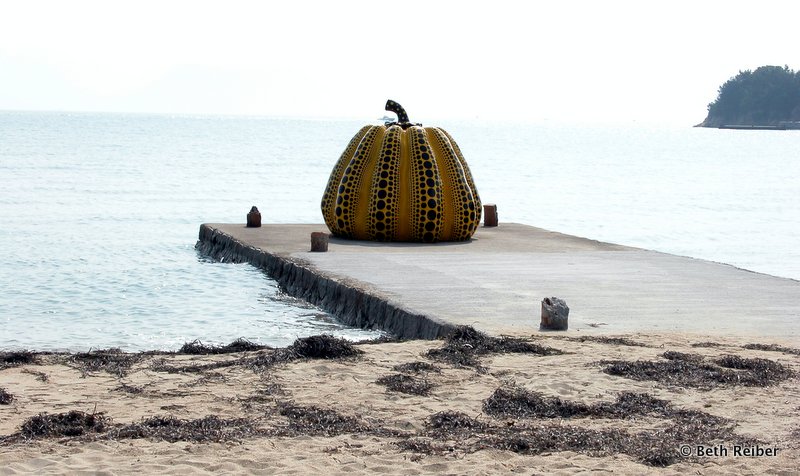
Naoshima is without a doubt Japan’s hippest island. Located in the Seto Inland Sea, Naoshima is devoted to cutting-edge contemporary art and architecture that lifts visitors out of the ordinary and propels them on a journey of discovery. As a precursor perhaps of contemporary art to come, it eschews the confines of the usual museum experience—spectators looking passively at paintings on a wall–in favor of installations that provoke thought and demand participation. Museums, interactive installations housed in traditional buildings, a whimsical bathhouse, and outdoor sculptures spread throughout the island are all part of what is collectively called the Benesse Art Site Naoshima. Its fantastic natural setting, plus the fact that local townspeople have embraced and participated in the island’s organic transformation into an art destination, make this one of the most unusual places in the world.
Must-sees include three museums designed by famed Japanese architect Tadao Ando. Benesse House Museum, perched on a hill overlooking the sea, contains paintings, sculpture, photography and installations, while Chichu Art Museum is constructed mostly underground so as not to interfere with the natural scenery and contains works by Monet, James Turrell, and Walter De Maria. Also underground is the Lee Ufan Museum, which presents paintings and sculptures by this Korean-born artist now living mainly in Europe.
There are also seven structures that comprise the Art House Project, mostly empty houses scattered in residential areas that artists transformed into works of art that reflect each structure’s history. Haisha, for example, is a former dental clinic now housing a sculptural scrapbook of found objects and graphic art by Ohtake Shinro, while Ishibashi, once the home of a salt-producing family, now holds works by Hiroshi Senju. My favorite Art House Project is Minamidera, a stark wooden building designed by Ando for James Turrell’s light installation called Backside of the Moon. Although you see absolutely nothing when led inside the pitch-black room, very gradually a faint glow of light materializes at the far end of the room. I was amazed I hadn’t seen it before, and when I was told I could get up and touch it, I groped my way across the room, arms outstretched, until I bumped into a rail barrier that prevented me from going any farther, leaving me grasping nothing but thin air.
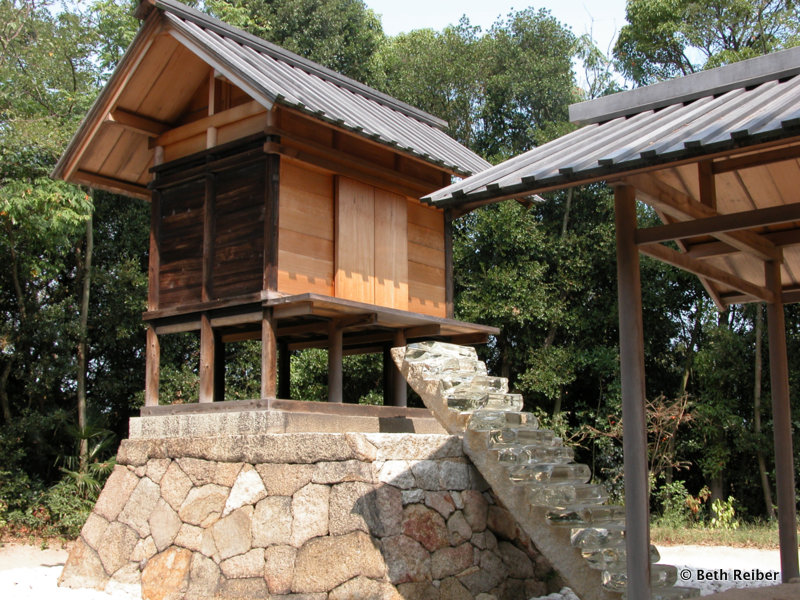
Naoshima has been so successful since opening Benesse House Museum in 1992, neighboring islands Inujima and Teshima have also been incorprated into the Benesse Art Site Naoshima, with museums and art projects of their own. In any case, because Naoshima is an island, it takes a bit more effort to reach. From Okayama Station (a Shinkansen stop), local trains reach Uno Station in about 50 minutes with a transfer in Chayamachi. From Uno Station, it’s a 3-minute walk to the port for the 20-minute ride to Naoshima. I strongly suggest you spend the night, as there’s simply too much to see in just a day. Be warned, however, that Naoshima has become extremely popular, so plan accordingly.
THE SHIMANAMI KAIDO
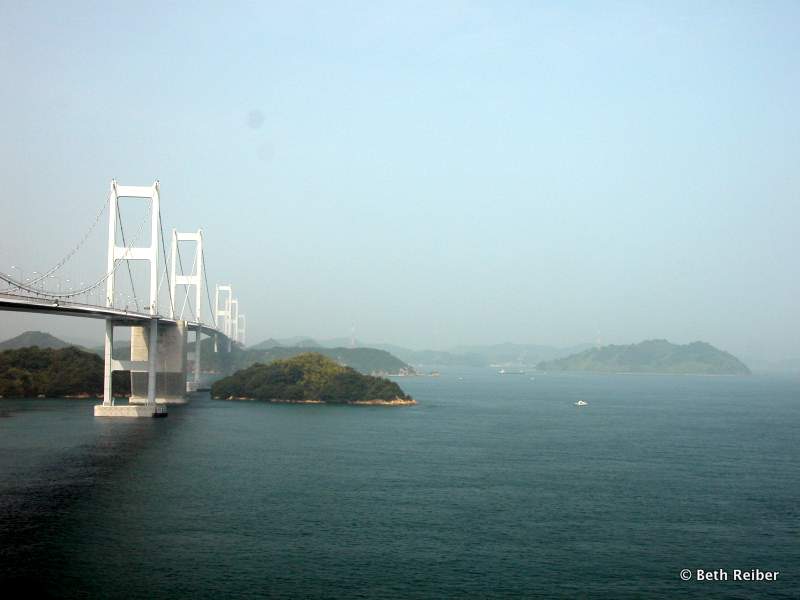
Active travelers looking for places to visit between Kyoto and Hiroshima won’t want to miss this. The Shimanami Kaido is a 50-mile cycling path that hopscotches across the Seto Inland Sea on seven bridges that connect six islands on its journey from Hiroshima Prefecture to Ehime Prefecture on Shikoku Island. It’s a glorious ride, as you pass temples, scenic lookouts, restaurants, cafes, beaches, museums, and other sightseeing spots along the way. Be sure to see Kosanji Temple on Ikushijima Island. Although it dates only from 1936 when a local businessmen erected it to honor his mother, the faithful son went on to construct full-scale replicas of famous Japanese temples and shrines for the next three decades. If you’ve ever wondered what the Hall of Dreams at Horyuji Temple in Nara looks like or you missed the chance to snap a shot Yomeimon Gate in Nikko, you’ll have your chance here.
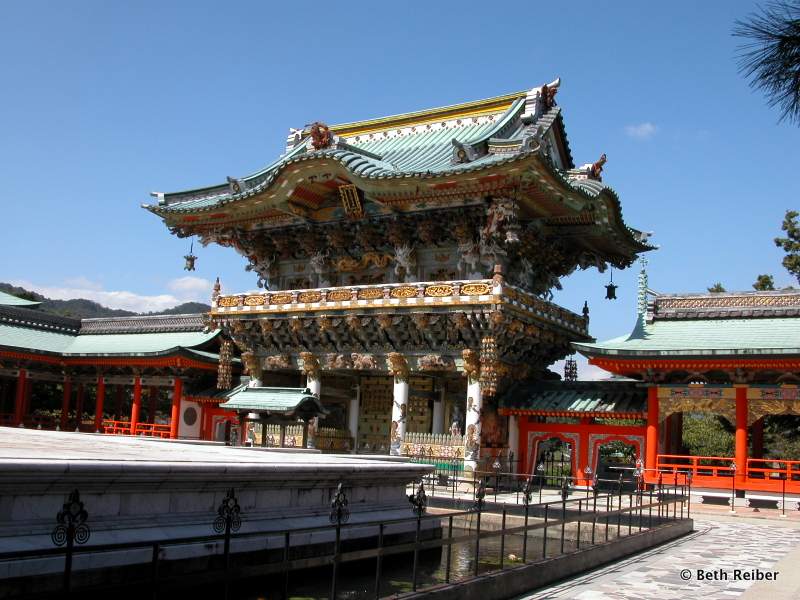
Farther along, nearer the Shikoku end, my favorite stop is Oyamazumi Shrine on Omishima Island. Once a place of worship for samurai, it houses the Shiyoden Treasure Museum with an astounding collection of swords, helmets, armor and other samurai gear, all donated by warriors expressing gratitude for their victories in battle. Remarkably for this out-of-the-way place, the museum contains some 80% of Japan’s samurai gear designated National Treasures or National Important Cultural Assets.
To reach it the Shimanami Kaido, take the Shinkansen to Fukuyama (not all bullet trains stop here, so make sure yours does) and then board a local train for Onomichi, where the trail head for the Hiroshima side of the Shimanami Kaido begins. Because there are bike rental facilities in Onomichi as well as at various locations along the Shimanami Kaido, you can ditch the bike after a few hours and return to Onomichi by boat or bus. Otherwise, plan on about eight hours to cycle the entire distance including stops along the way. There are guesthouses on the islands as well as places to stay at the other end, making this a great two-day excursion.
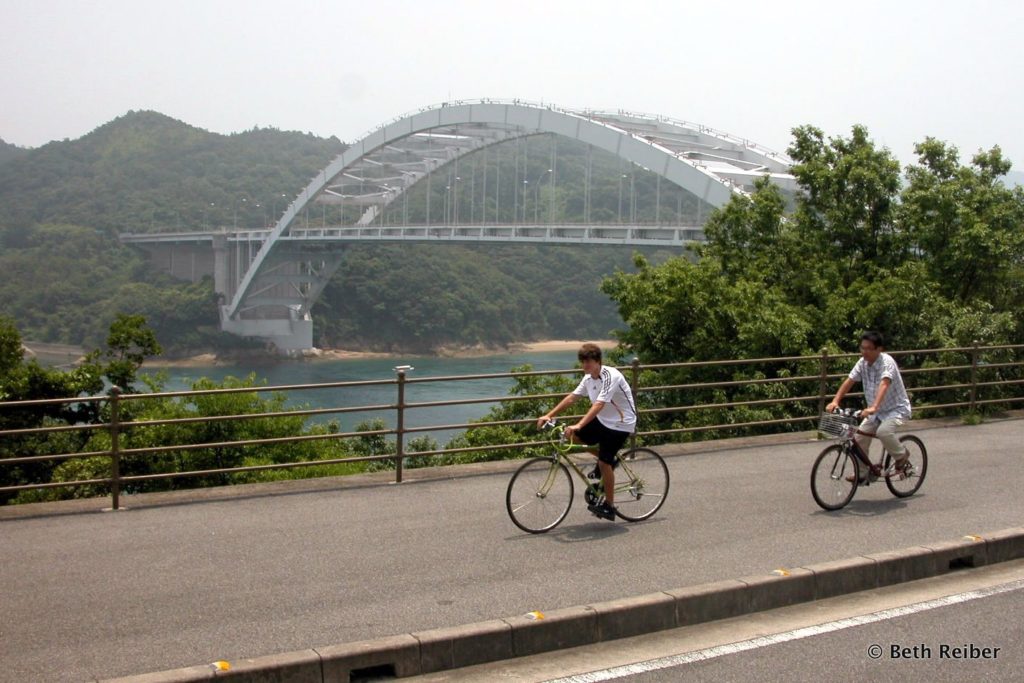
For ideas on other places to visit between Kyoto and Hiroshima as well as side trips from both, refer to my latest guidebook, Frommer’s EasyGuide to Tokyo, Kyoto and Western Honshu. You’ll also want to check out my other blogs about destinations in Japan on this website, especially Places to Visit Between Tokyo and Kyoto and Japan’s Top World Heritage Sites.
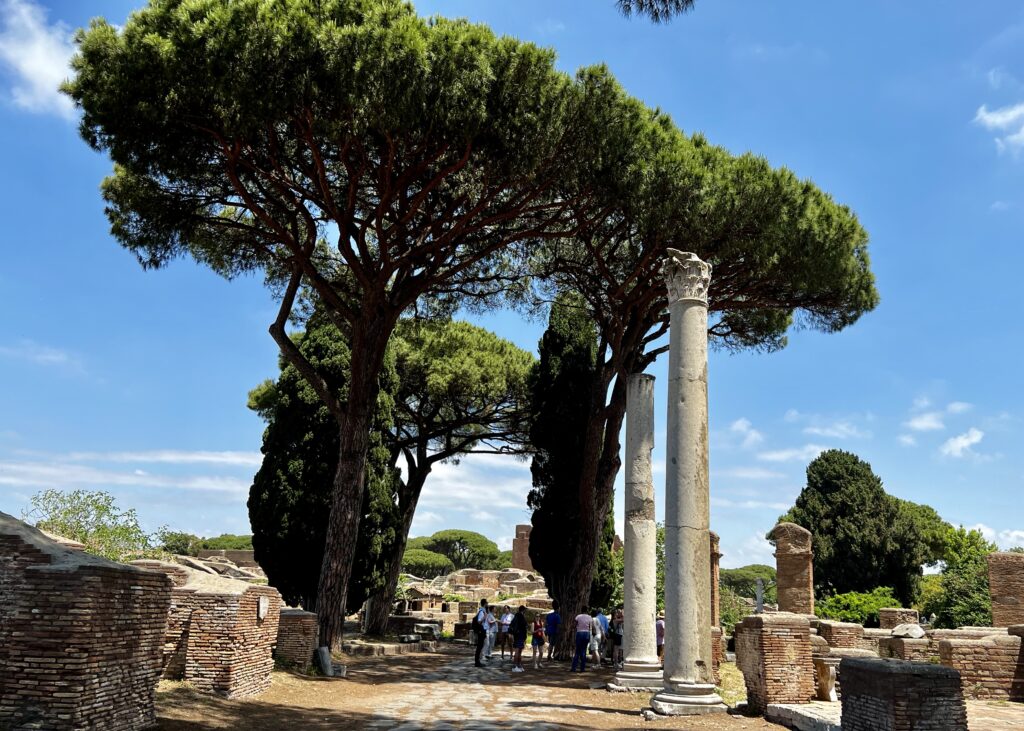
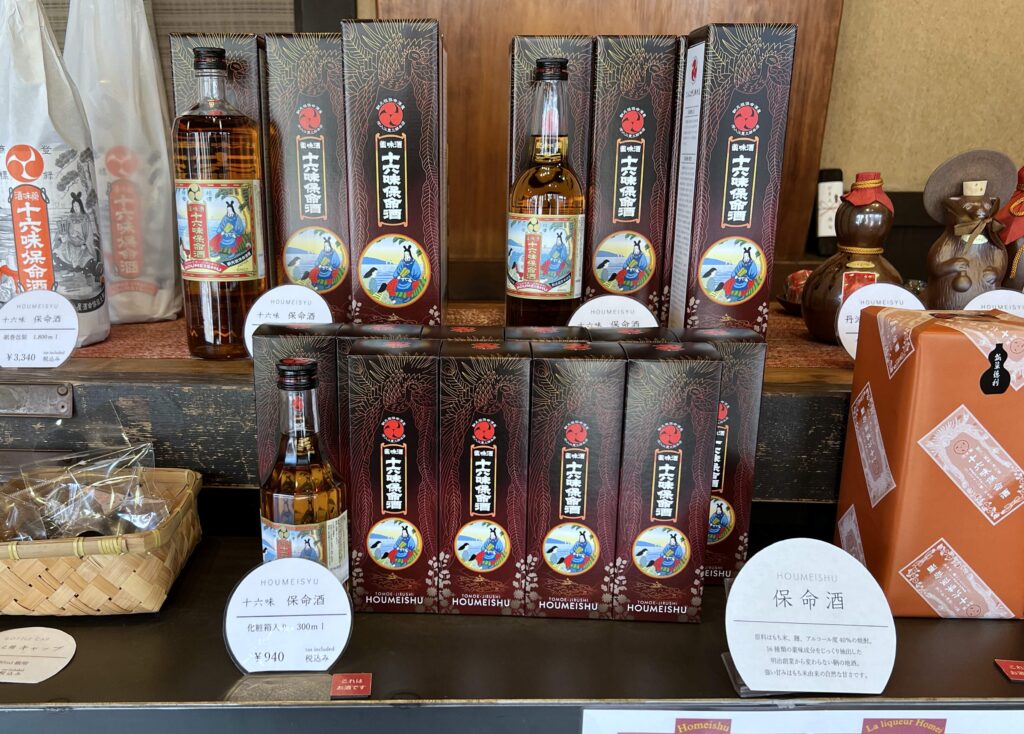
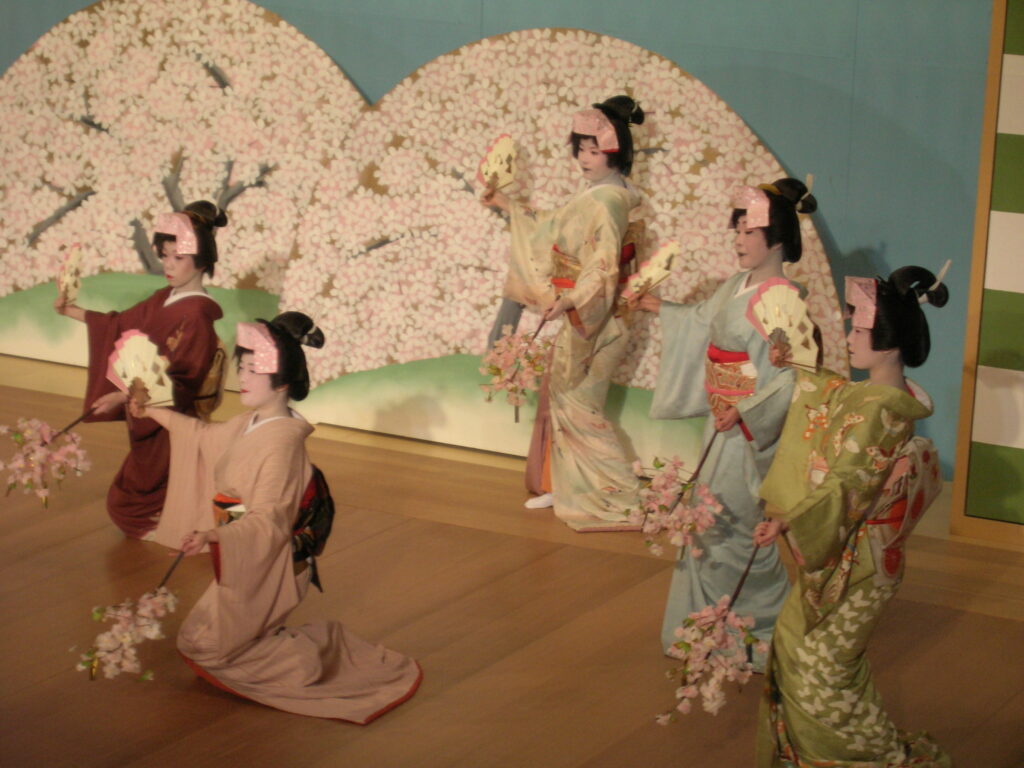
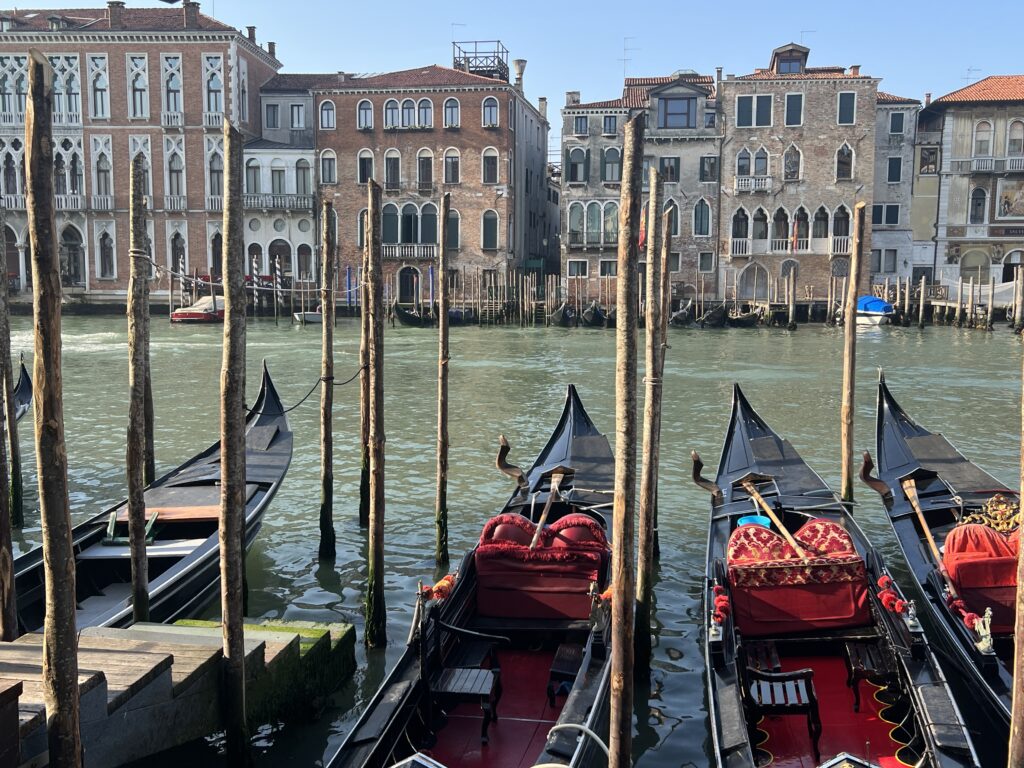
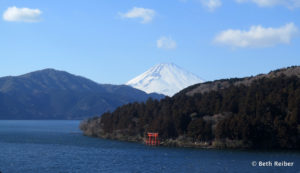
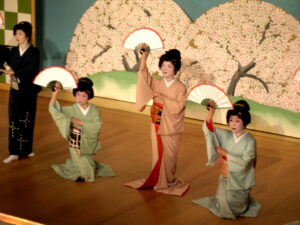
1 thought on “Places to Visit Between Kyoto and Hiroshima”